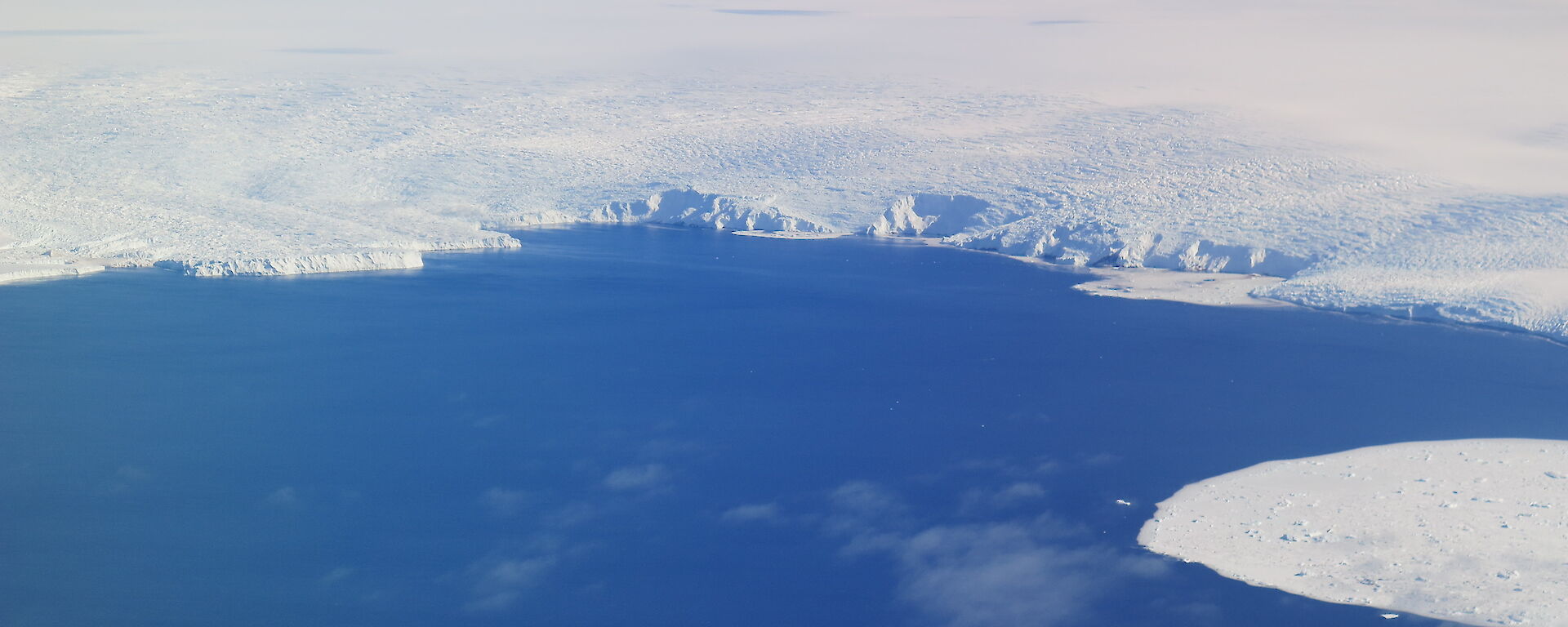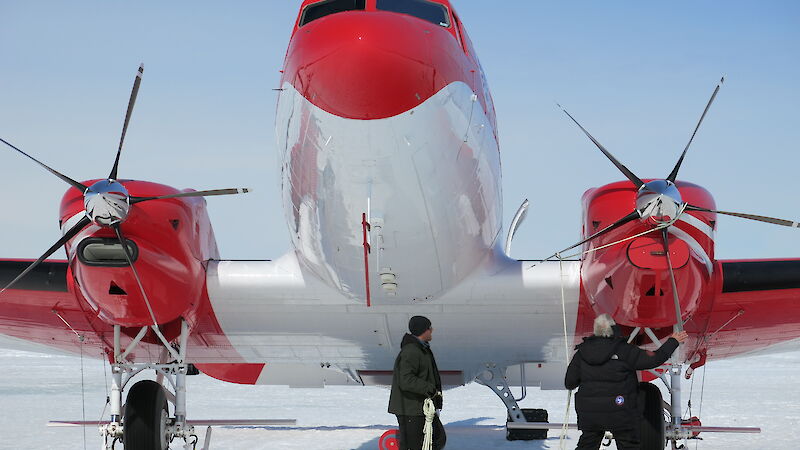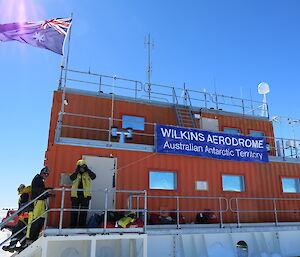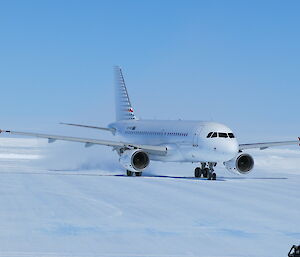The last two weeks have been very busy. We completed our fourth measurement cycle and then hurried to finalise our laboratory work, wash our equipment and pack everything back in the containers. In 16 days on the ice we have completed a total of nine ROV deployments and captured more than 12 hours of under-ice video footage.
During these dives the ROV-mounted radiometer collected more than 2940 spectra which we will use to estimate the amount of algae in the fast ice off Davis, and understand its spatial and temporal distribution. We also retrieved 130 sea-ice cores with a total length of more than 200 metres. The cores were used to measure the size and form of ice crystals and to determine ice algal biomass using standard techniques.
We deployed our L-arm radiometer at 48 locations to collect simultaneous data of ice-core biomass and under-ice light spectra. We now have tonnes of new data that will allow us to better understand the physical drivers of ice algal growth in coastal Antarctic environments.
The entire team of Davis sea-ice scientists has been lucky to get “connecting” flights back to Hobart. We first flew from Davis to Casey with a ski-equipped turboprop Basler — a modernised DC3 plane. It was a great flight over the coastal icescape of Antarctica with great views of glaciers, ice shelves and icebergs, as well as the fast ice and offshore pack-ice zones. After staying a night at Casey we travelled up to the Antarctic plateau to Wilkins Aerodrome to board the A319. After only five hours we were back in Hobart. This was mind-blowingly fast compared to the two-week voyage that got us to Davis at the beginning of our field program.
We had a fantastic time at Davis and despite the small delay at the beginning of our sampling period and a few days lost to bad weather, we have completed our sampling program successfully. This was only possible due to the excellent support by the entire Davis station personnel providing field training, maintaining vehicles, repairing broken scientific gear and looking after us in many different ways throughout our stay.
We will now start looking at our data and analysing our samples. The currently available data suggest that the blizzard encountered during the middle of our sampling program delayed the spring melt of the ice, extending the sea-ice algal season in the fast ice off Davis. We speculate that potential future changes in Antarctic snowfall during spring may have flow-on effects on ice-covered marine ecosystems. The collected data will help to test our new hypothesis.
Klaus Meiners — Chief Investigator





